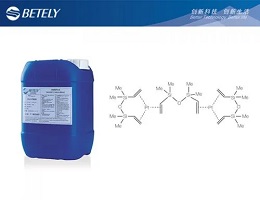High Electrical Conductivity:
Types of conductive inks are formulated with materials that exhibit high electrical conductivity,
allowing them to efficiently carry electrical currents.
Versatility in Substrates:
Like the silicone ink, the flexible conductive ink offers versatility by adhering to a variety of substrates, including paper, plastic, textiles, and even unconventional surfaces, providing flexibility in application.
Printability:
Conductive inks are designed for easy printing processes, enabling the creation of intricate electronic circuits through techniques like screen printing, inkjet printing, and flexography.
Durability and Stability:
Formulated to withstand environmental conditions, the stretchable conductive ink exhibit durability and stability, ensuring the longevity and reliability of printed electronic components.
Flexibility and Stretchability:
Some formulations of types of conductive inks are engineered to be flexible and stretchable, making them suitable for applications in wearable electronics and flexible electronics.
Low-Temperature Curing:
Many conductive inks can cure at low temperatures, enabling compatibility with heat-sensitive substrates like plastics and paper.
Conformal Coating:
The UV curable conductive ink can be applied as conformal coatings, allowing them to seamlessly cover irregularly shaped surfaces and provide a uniform conductive layer.
Customizable Formulations:
Conductive ink suppliers can customize the formulations of conductive inks to meet specific application requirements, such as adjusting viscosity, conductivity, and drying properties.
When searching for conductive ink suppliers, it's essential to consider the various types of conductive inks they offer to meet specific application needs. Leading conductive ink suppliers like BTL, often provide detailed specifications on the types of conductive inks they carry, helping you choose the right one for your project.


